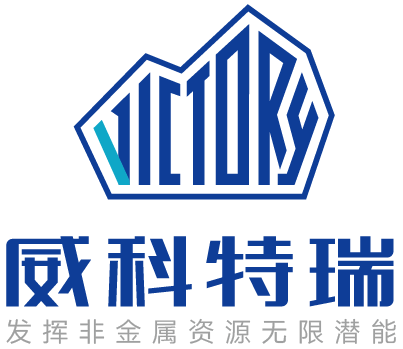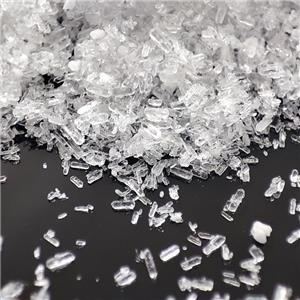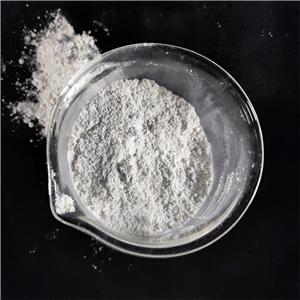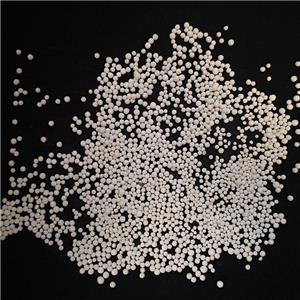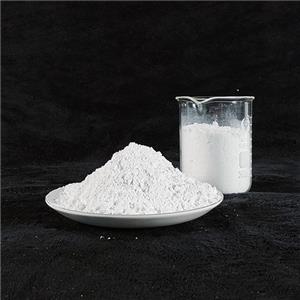What is the price of magnesium hydroxide flame retardant?
Magnesium hydroxide (Mg(OH)₂) is a commonly used flame retardant in various industries, including plastics, rubber, textiles, and construction materials. Its role as a flame retardant is attributed to its ability to release water vapor when exposed to high temperatures, which cools down the surrounding area and inhibits the spread of flames. The price of magnesium hydroxide flame retardant can vary depending on several factors, such as the quality, source, and quantity being purchased.
Factors Affecting Price
The price of magnesium hydroxide flame retardants is influenced by several key factors:
Purity and Quality: Higher-purity magnesium hydroxide generally commands a higher price. In industries such as electronics or automotive, where stringent quality standards are required, the price may be on the higher end. On the other hand, lower-grade magnesium hydroxide used for less demanding applications, like construction materials, may be priced more competitively.
Supply and Demand: Magnesium hydroxide is derived from natural magnesium minerals, such as brucite, which can be found in certain geological deposits. The availability of these minerals, along with global supply chain dynamics, can impact pricing. If demand for flame retardants in specific industries like automotive or construction increases, the price may rise accordingly.
Quantity and Purchase Volume: The larger the quantity purchased, the lower the unit price. Bulk orders often come with discounted rates, as manufacturers are willing to offer lower prices for large-scale purchases. For smaller orders or specialty applications, the cost per kilogram or ton will typically be higher.
Geographical Location: Prices can also vary depending on the region. For example, countries with abundant natural magnesium sources may offer magnesium hydroxide at a more competitive price than those that rely on imports. Additionally, transportation costs can also play a role, especially for international shipments.
Market Trends
Over the past few years, the demand for flame retardants has seen fluctuations due to changing environmental regulations and the growing emphasis on sustainability. Magnesium hydroxide has emerged as a more environmentally friendly alternative to halogenated flame retardants, which have raised concerns over toxicity and environmental impact. As a result, there has been a steady increase in the adoption of magnesium hydroxide in industries seeking greener and safer alternatives. This shift has positively influenced the demand for magnesium hydroxide flame retardants.
However, price volatility in raw materials, such as magnesium and brucite, can still affect market prices. Additionally, advancements in flame retardant technology, such as the development of hybrid materials that combine magnesium hydroxide with other substances, may influence future price trends.
Conclusion
In summary, the price of magnesium hydroxide flame retardant depends on factors like purity, source, quantity, and location. While it can range from $1,000 to $2,500 per ton, prices may vary significantly based on specific requirements and market conditions. As industries continue to move toward more sustainable solutions, magnesium hydroxide is expected to remain a popular choice, potentially driving further demand and influencing pricing trends in the future.
